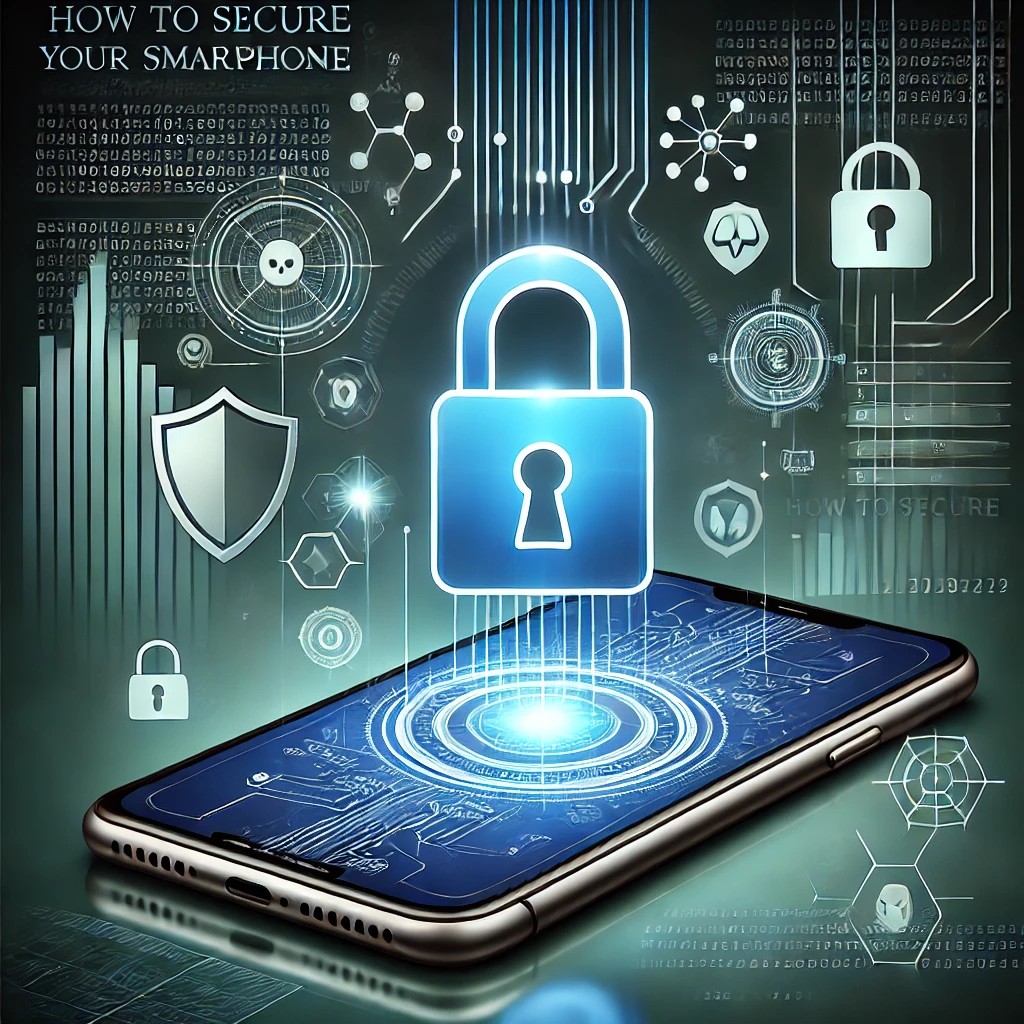In today’s digital age, our smartphones have become an essential part of our daily lives. They store personal information, sensitive data, and even grant access to financial accounts. Unfortunately, this also makes them prime targets for cybercriminals. Securing your smartphone is more crucial than ever. Here’s a guide to help you protect your device and the information it holds.
1. Use a Strong Password or Biometric Lock
A strong password, PIN, or pattern lock is your first line of defense. Better yet, enable biometric authentication such as fingerprint or facial recognition for added security. Avoid using simple combinations like “1234” or easily guessable patterns.
2. Keep Your Software Updated
Operating system and app updates often include critical security patches. Ensure your device is set to update automatically or check for updates regularly to stay protected against the latest threats.
3. Be Cautious with App Permissions
When installing apps, pay attention to the permissions they request. Only grant permissions that are necessary for the app’s functionality. Avoid downloading apps from unofficial sources, as they may contain malware.
4. Enable Two-Factor Authentication (2FA)
Wherever possible, enable two-factor authentication for your accounts. This adds an extra layer of security by requiring a second form of verification, such as a code sent to your phone or email.
5. Use a Secure Wi-Fi Connection
Public Wi-Fi networks can be insecure and leave your data vulnerable to interception. Use a Virtual Private Network (VPN) to encrypt your connection when accessing public networks.
6. Install a Trusted Security App
Consider installing a reputable antivirus or mobile security app to detect and block malware. Many of these apps also include features like anti-theft tools and safe browsing.
7. Regularly Back Up Your Data
In case your device is lost, stolen, or compromised, having a backup ensures you can recover your important data. Use cloud storage services or external drives for regular backups.
8. Be Wary of Phishing Attacks
Avoid clicking on suspicious links in emails, texts, or social media messages. Cybercriminals often use phishing to steal sensitive information. Verify the sender’s authenticity before responding.
9. Enable Remote Wipe and Location Services
Set up remote tracking and wiping capabilities to locate your device or erase its data if it’s lost or stolen. Services like “Find My iPhone” for Apple devices and “Find My Device” for Android can be lifesavers.
10. Avoid Jailbreaking or Rooting Your Device
While jailbreaking or rooting your phone may offer additional customization options, it also removes built-in security measures, making your device more vulnerable to attacks.
Final Thoughts
Securing your smartphone requires a proactive approach. By implementing these measures, you can significantly reduce the risk of cyber threats and ensure your personal information remains safe. Stay vigilant and make smartphone security a priority—your data is worth it!
